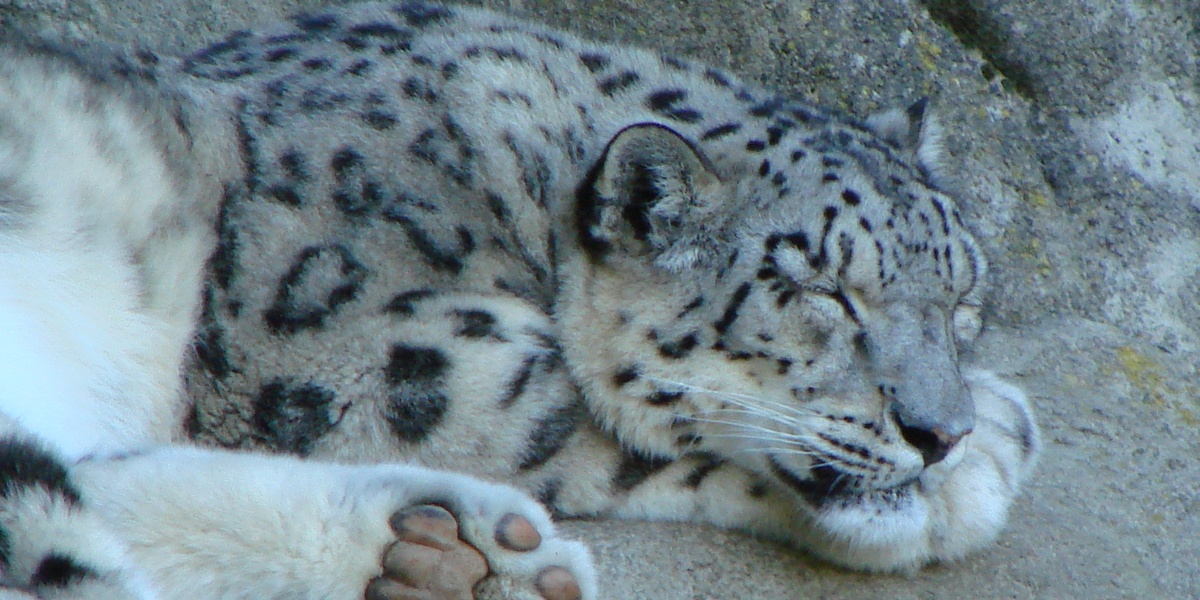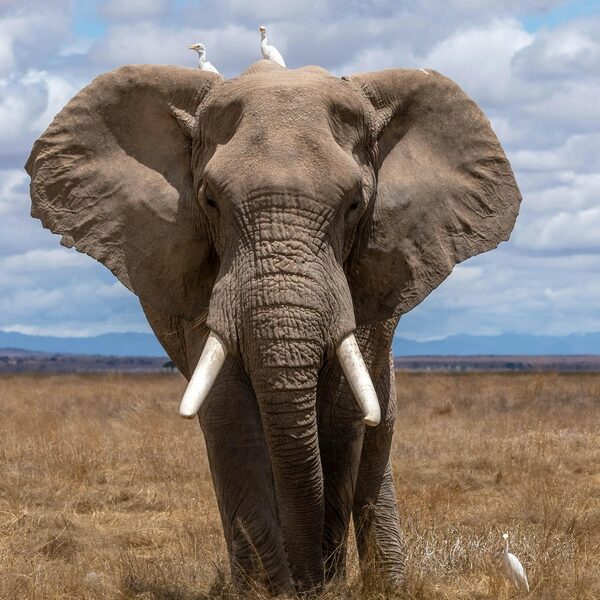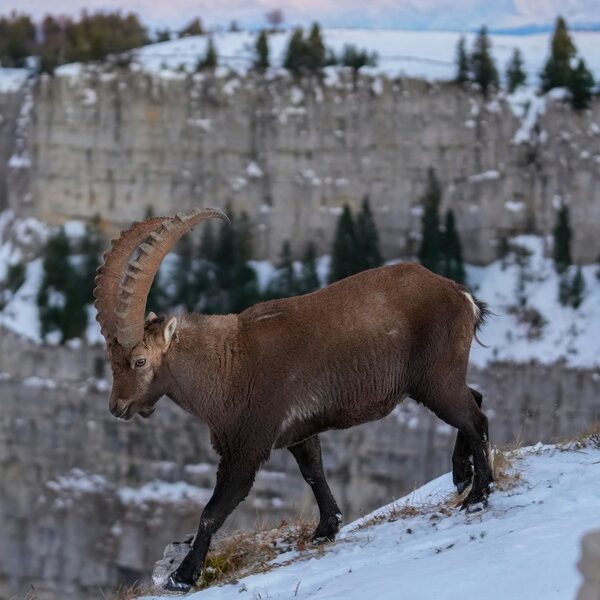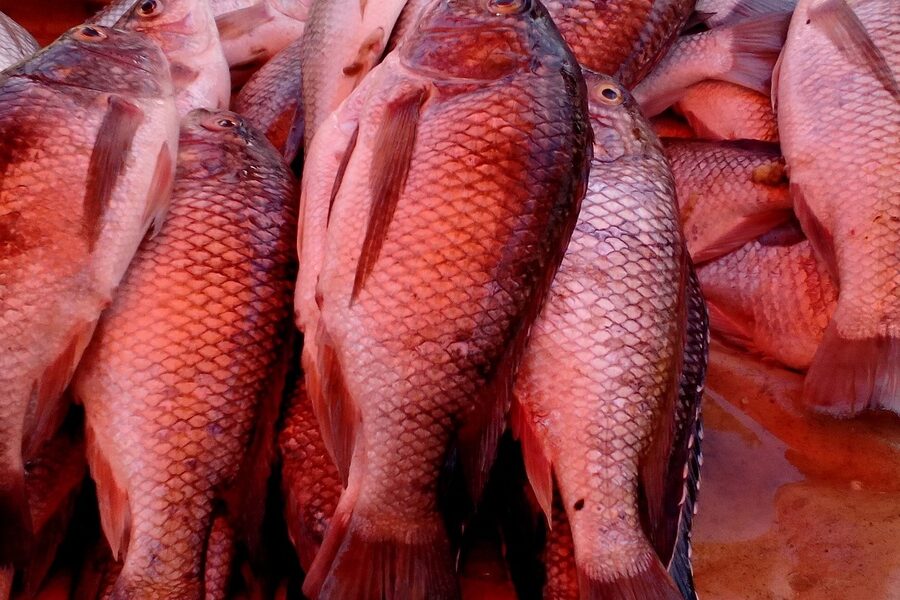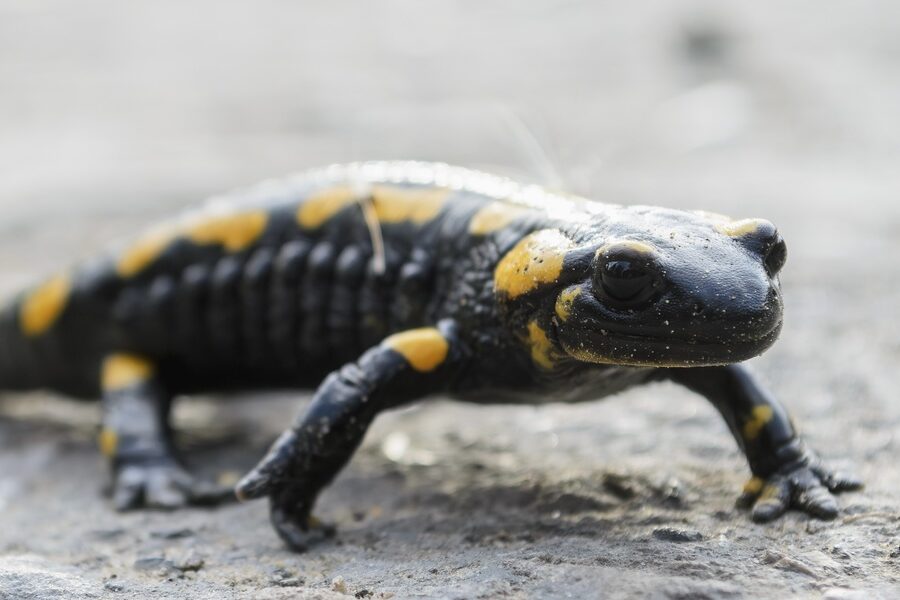Kazakhstan’s vast landscapes—from windswept steppe and rolling deserts to alpine ranges—support a surprising diversity of wildlife. Seasonal migrations, isolated mountain pockets and river systems all contribute to distinct animal communities across the country.
There are 87 Animals of Kazakhstan, ranging from Altai Snowcock to Zander. For each species you’ll find below Scientific name,IUCN status,Habitat / region, so you can quickly see taxonomy, conservation status and where each animal occurs.
Which species on the list are most at risk in Kazakhstan?
Look at the IUCN status column to identify threatened species (Vulnerable, Endangered, Critically Endangered). Many at-risk animals are specialists tied to shrinking habitats—alpine birds, steppe mammals and some freshwater fish—so focus on those with restricted ranges and declining habitat notes in the Habitat / region field.
How can I use this list for fieldwork or planning a visit?
Use the Scientific name to match local guides and research, the Habitat / region to target likely locations, and the IUCN status to set priorities for observation or conservation support. The organized columns below make it easy to filter species by habitat, threat level or scientific group before you go.
Animals of Kazakhstan
| Common name | Scientific name | IUCN status | Habitat / region |
|---|---|---|---|
| Snow Leopard | Panthera uncia | Vulnerable | High alpine mountains; Tian Shan and Altai ranges. |
| Saiga Antelope | Saiga tatarica | Critically Endangered | Grassland steppes and semi-deserts; central and western Kazakhstan. |
| Caspian Seal | Pusa caspica | Endangered | The Caspian Sea; found along Kazakhstan’s coastline. |
| Argali | Ovis ammon | Near Threatened | Mountainous regions of the east and southeast. |
| Goitered Gazelle | Gazella subgutturosa | Vulnerable | Deserts and semi-deserts in southern Kazakhstan. |
| Przewalski’s Horse | Equus ferus przewalskii | Endangered | Reintroduced to steppe reserves like Altyn-Emel National Park. |
| Gray Wolf | Canis lupus | Least Concern | Widespread across steppes, forests, and mountains. |
| Brown Bear | Ursus arctos isabellinus | Least Concern | Tian Shan and Altai mountains in the east. |
| Eurasian Lynx | Lynx lynx | Least Concern | Coniferous forests in the Altai and Tian Shan mountains. |
| Pallas’s Cat | Otocolobus manul | Near Threatened | Rocky steppes and montane grasslands. |
| Corsac Fox | Vulpes corsac | Least Concern | Steppes and semi-deserts throughout the country. |
| Marbled Polecat | Vormela peregusna | Vulnerable | Steppes, semi-deserts, and grasslands. |
| Steppe Polecat | Mustela eversmanii | Least Concern | Open steppes and grasslands across the country. |
| Honey Badger | Mellivora capensis | Least Concern | Arid and semi-arid regions, including the Ustyurt Plateau. |
| Tolai Hare | Lepus tolai | Least Concern | Steppes, deserts, and mountain foothills. |
| Bobak Marmot | Marmota bobak | Least Concern | Grassland steppes of central and northern Kazakhstan. |
| Long-clawed Ground Squirrel | Spermophilus fulvus | Least Concern | Deserts and clay steppes in the south and west. |
| Great Gerbil | Rhombomys opimus | Least Concern | Sandy deserts and arid regions. |
| Russian Desman | Desmana moschata | Endangered | Floodplain lakes and streams of the Ural River basin. |
| Wild Boar | Sus scrofa | Least Concern | Forests, reed beds, and river valleys. |
| Bactrian Deer | Cervus hanglu bactrianus | Vulnerable | Riparian forests (tugai) along rivers in the south. |
| Siberian Roe Deer | Capreolus pygargus | Least Concern | Deciduous and mixed forests, and high-grass steppes. |
| Moose | Alces alces | Least Concern | Boreal and mixed forests in northern Kazakhstan. |
| Golden Eagle | Aquila chrysaetos | Least Concern | Mountains and open steppes nationwide. |
| Steppe Eagle | Aquila nipalensis | Endangered | Open steppes, semi-deserts, and agricultural lands. |
| Eastern Imperial Eagle | Aquila heliaca | Vulnerable | Steppes with scattered trees and forest edges. |
| Saker Falcon | Falco cherrug | Endangered | Steppes, semi-deserts, and mountain plateaus. |
| Black Vulture | Aegypius monachus | Near Threatened | Mountainous regions and arid foothills. |
| Himalayan Vulture | Gyps himalayensis | Near Threatened | High-altitude mountains of the Tian Shan range. |
| Dalmatian Pelican | Pelecanus crispus | Near Threatened | Wetlands, lakes, and river deltas like the Caspian coast. |
| Great White Pelican | Pelecanus onocrotalus | Least Concern | Large wetlands and lakes, including Lake Balkhash. |
| Greater Flamingo | Phoenicopterus roseus | Least Concern | Shallow saline lakes, notably Lake Tengiz. |
| Demoiselle Crane | Grus virgo | Least Concern | Grassland steppes and agricultural areas. |
| Great Bustard | Otis tarda | Vulnerable | Open grassland steppes and agricultural fields. |
| Sociable Lapwing | Vanellus gregarius | Critically Endangered | Steppes of northern Kazakhstan. |
| Black Lark | Melanocorypha yeltoniensis | Least Concern | Dry salt steppes and semi-deserts. |
| Ibisbill | Ibidorhyncha struthersii | Least Concern | Stony, fast-flowing mountain rivers in the Tian Shan. |
| Altai Snowcock | Tetraogallus altaicus | Least Concern | High-altitude alpine meadows of the Altai mountains. |
| Pallas’s Sandgrouse | Syrrhaptes paradoxus | Least Concern | Steppes and semi-deserts. |
| European Roller | Coracias garrulus | Least Concern | Open country with scattered trees, common in steppes. |
| Central Asian Tortoise | Testudo horsfieldii | Vulnerable | Sandy and clay steppes and deserts in the south. |
| Desert Monitor | Varanus griseus | Not evaluated | Sandy deserts of southern Kazakhstan. |
| Toad-headed Agama | Phrynocephalus mystaceus | Least Concern | Sandy deserts, especially the Kyzylkum. |
| Steppe Runner | Eremias arguta | Least Concern | Steppes and semi-deserts across the country. |
| Steppe Viper | Vipera ursinii | Vulnerable | Grassland steppes and mountain meadows. |
| Blunt-nosed Viper | Macrovipera lebetina | Not evaluated | Foothills and rocky slopes in the south. |
| Four-lined Snake | Elaphe quatuorlineata | Least Concern | Forest edges, scrubland, and river valleys. |
| Siberian Salamander | Salamandrella keyserlingii | Least Concern | Tundra and taiga forests in the north. |
| Green Toad | Bufotes viridis | Least Concern | Highly adaptable; found in steppes, deserts, and urban areas. |
| Beluga Sturgeon | Huso huso | Critically Endangered | Caspian and Ural Seas. |
| Aral Ship Sturgeon | Acipenser nudiventris | Critically Endangered | Syr Darya River and Lake Balkhash; extirpated from Aral Sea. |
| Northern Pike | Esox lucius | Least Concern | Rivers and lakes in northern and central Kazakhstan. |
| Zander | Sander lucioperca | Least Concern | Large rivers and lakes like Lake Balkhash. |
| Karakurt Spider | Latrodectus tredecimguttatus | Not evaluated | Dry steppes and semi-deserts in the south. |
| Steppe Tarantula | Lycosa singoriensis | Not evaluated | Steppes and arid regions throughout the country. |
| Apollo Butterfly | Parnassius apollo | Near Threatened | Mountain meadows in the Tian Shan and Altai ranges. |
| Red Deer | Cervus elaphus | Least Concern | Deciduous and mixed forests in the Altai and Tian Shan. |
| Badger | Meles meles | Least Concern | Forests, steppes, and semi-deserts; widespread. |
| Whooper Swan | Cygnus cygnus | Least Concern | Breeds in northern wetlands; migrates through the country. |
| Common Crane | Grus grus | Least Concern | Wetlands and agricultural fields during migration. |
| Black-winged Pratincole | Glareola nordmanni | Near Threatened | Steppes and wetlands, especially near salty lakes. |
| White-winged Lark | Alauda leucoptera | Least Concern | Open steppes, particularly in central and northern Kazakhstan. |
| European Hedgehog | Erinaceus europaeus | Least Concern | Forests, grasslands, and urban areas in the north. |
| Brandt’s Hedgehog | Paraechinus hypomelas | Least Concern | Deserts and arid steppes in the south. |
| Caspian Cobra | Naja oxiana | Not evaluated | Foothills and arid regions in the far south. |
| Long-eared Jerboa | Euchoreutes naso | Least Concern | Sandy deserts in the south. |
| Turan Tiger | Panthera tigris virgata | Extinct | Tugai forests along rivers in the south and east. |
| Asiatic Wild Ass (Kulan) | Equus hemionus kulan | Endangered | Reintroduced to steppe and desert reserves. |
| Siberian Ibex | Capra sibirica | Near Threatened | High mountains of the Tian Shan and Altai ranges. |
| Little Bustard | Tetrax tetrax | Near Threatened | Grassland steppes and agricultural landscapes. |
| White-headed Duck | Oxyura leucocephala | Endangered | Breeds on freshwater lakes with dense vegetation. |
| Siberian Sturgeon | Acipenser baerii | Critically Endangered | Rivers draining to the Arctic, like the Irtysh River. |
| Common Nightingale | Luscinia megarhynchos | Least Concern | Thickets and woodlands, especially in river valleys. |
| Desert Warbler | Sylvia nana | Least Concern | Desert and semi-desert scrublands. |
| Eurasian Eagle-Owl | Bubo bubo | Least Concern | Rocky outcrops, cliffs, and forests; widespread. |
| Merlin | Falco columbarius | Least Concern | Open country; migrates through, some breed in the north. |
| Red-breasted Goose | Branta ruficollis | Vulnerable | Migrates through Kazakhstan from Arctic breeding grounds. |
| Black-throated Loon | Gavia arctica | Least Concern | Breeds on large, fish-filled lakes in the north. |
| Markhor | Capra falconeri | Near Threatened | Steep, rocky slopes in the extreme southern mountains. |
| Urial | Ovis vignei | Vulnerable | Foothills and mountain steppes. |
| Common Adder | Vipera berus | Least Concern | Forests, heathlands, and meadows in the north. |
| Sand Cat | Felis margarita | Least Concern | Sandy deserts in the south, like the Kyzylkum. |
| Caspian Whipsnake | Dolichophis caspius | Least Concern | Rocky slopes, scrubland, and open woodlands. |
| Common Carp | Cyprinus carpio | Vulnerable | Wild form in lakes and slow rivers; widespread. |
| Wels Catfish | Silurus glanis | Least Concern | Large rivers and lakes like the Ural River and Lake Balkhash. |
| Steppe Lemming | Lagurus lagurus | Least Concern | Grassland steppes of northern and central Kazakhstan. |
| Common Hamster | Cricetus cricetus | Critically Endangered | Grassland and agricultural land in the north. |
Images and Descriptions
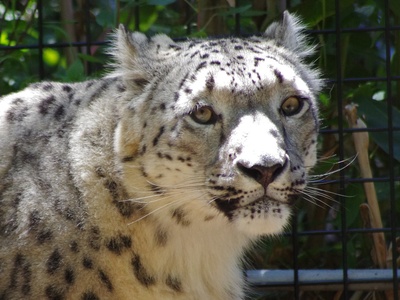
Snow Leopard
This elusive large cat, known as the “ghost of the mountains,” has a smoky-gray coat and a long, thick tail for balance. It preys on ibex and argali. Only 100-120 individuals are estimated to remain in Kazakhstan, threatened by poaching.
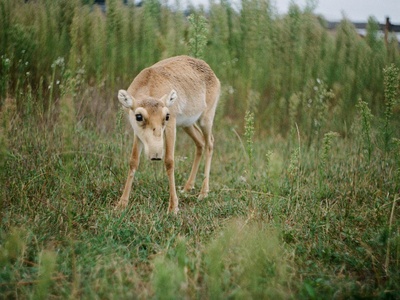
Saiga Antelope
Famous for its large, flexible nose that warms cold winter air, this antelope roams in massive herds. It has faced catastrophic die-offs from disease but is the subject of major conservation efforts. Its population is recovering but remains fragile.
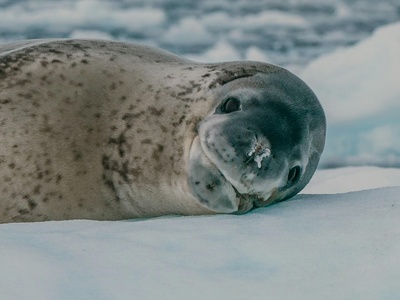
Caspian Seal
The only mammal found in the Caspian Sea, this small seal breeds on the northern winter ice. Its population has plummeted due to pollution, overfishing, and habitat loss. It is a unique symbol of the Caspian ecosystem’s health.
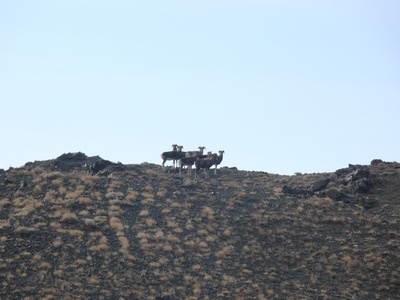
Argali
The largest species of wild sheep, known for its massive, curling horns that can weigh up to 23 kg. They graze in herds on mountain slopes, using their keen eyesight to spot predators like wolves and snow leopards.
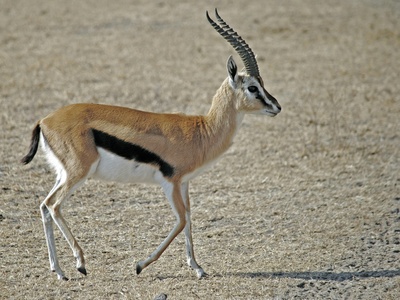
Goitered Gazelle
A swift, slender gazelle named for the male’s larynx, which enlarges during the mating season. They are well-adapted to arid environments, getting much of their water from the plants they eat. Conservation programs are working to protect their habitats.
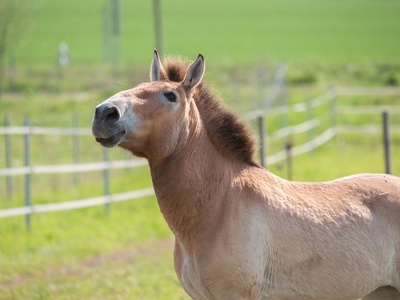
Przewalski’s Horse
The last truly wild horse, once extinct in the wild. Successful reintroduction programs in Kazakhstan are helping restore this species to its native steppe habitat. They are stocky with a dun coat and an erect mane.
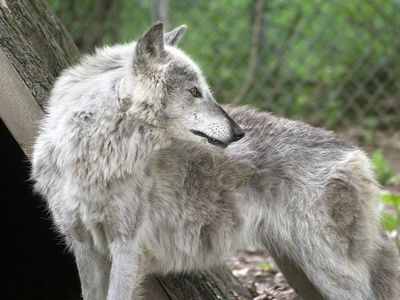
Gray Wolf
Kazakhstan’s apex predator, living in family packs. These intelligent hunters play a crucial role in regulating ungulate populations. They are highly adaptable, found in nearly every habitat across the country, from deserts to high mountains.
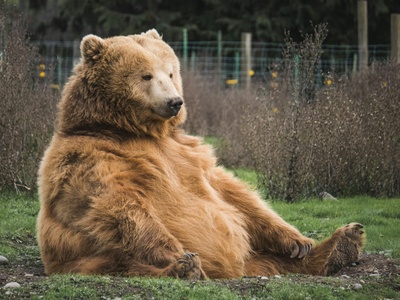
Brown Bear
The Tian Shan brown bear is a large omnivore that forages for berries, roots, and small animals. It hibernates in dens during the winter. Though widespread globally, its populations in Kazakhstan’s mountains are isolated and require protection.
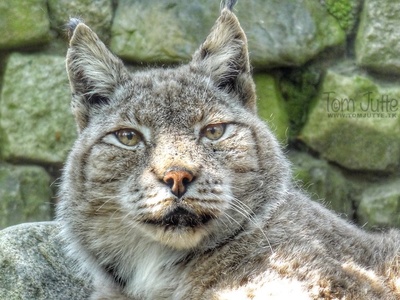
Eurasian Lynx
A medium-sized wildcat with characteristic tufted ears and large paws that act like snowshoes. It is a stealthy, solitary hunter that preys on roe deer, hares, and birds. Its secretive nature makes it difficult to spot in the dense forests.
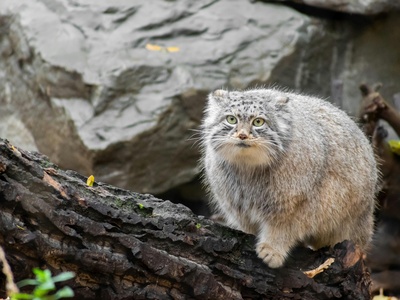
Pallas’s Cat
Also known as the manul, this small, fluffy wildcat has a flattened face and low-set ears, allowing it to peer over rocks undetected. It hunts pikas and rodents. Its expressive face and grumpy appearance have made it an internet favorite.
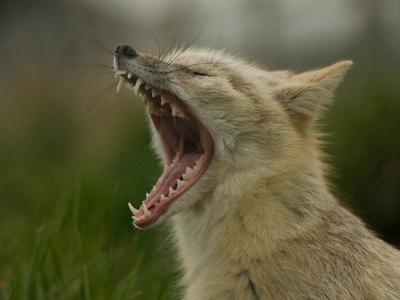
Corsac Fox
A small, social fox adapted to arid climates. It has excellent hearing and sight for hunting rodents and insects. Unlike the red fox, it does not dig deep burrows and may take over those of other animals like marmots.
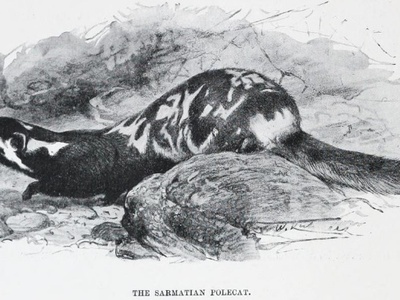
Marbled Polecat
A small, strikingly patterned mammal with a “marbled” coat of yellow and dark brown spots. It is a nocturnal hunter of rodents. Its population is declining due to habitat loss and the reduction of its primary prey.
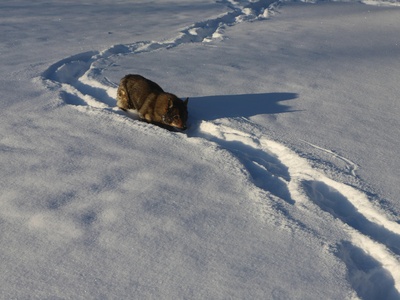
Steppe Polecat
A nomadic weasel family member that preys almost exclusively on ground squirrels and other rodents. Its population fluctuates with the abundance of its prey. It is known for its aggressive defense when threatened.
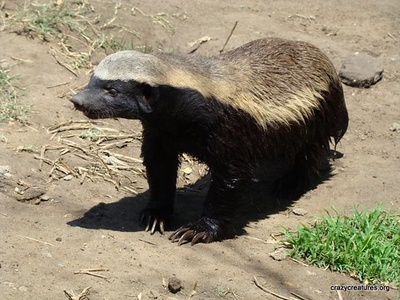
Honey Badger
Known for its incredible tenacity and thick, loose skin that protects it from bites and stings. This powerful carnivore eats almost anything, from rodents and snakes to honey, and is famously difficult to deter.
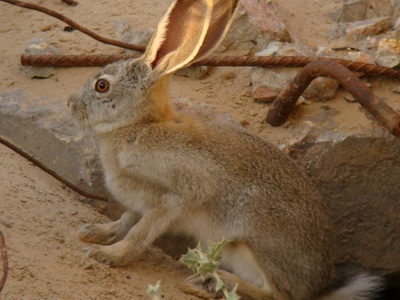
Tolai Hare
A fast and agile hare well-suited to open environments. It relies on its incredible speed, reaching up to 60 km/h, to escape predators like foxes, wolves, and eagles. It is a common herbivore across much of Kazakhstan.
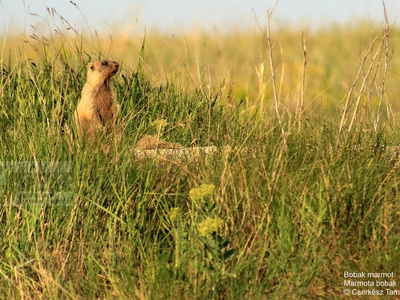
Bobak Marmot
A large ground squirrel that lives in extensive burrow systems called “towns.” These social rodents hibernate for more than half the year. Their loud whistles serve as alarm calls to warn the colony of approaching danger.
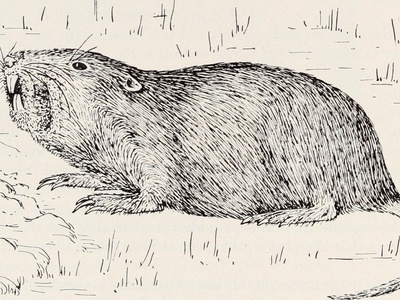
Long-clawed Ground Squirrel
A large ground squirrel, or gopher, named for its long claws used for digging extensive burrows to escape the heat and predators. They are an important prey species for steppe eagles and polecats.
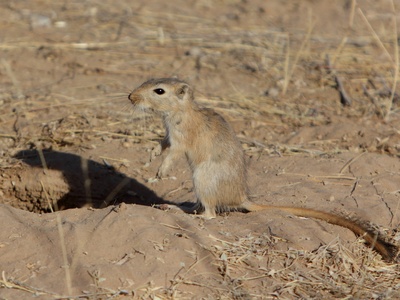
Great Gerbil
The largest of the gerbils, it lives in complex family burrow systems that can cover large areas. These burrows provide shelter for many other species, making it a keystone species in its desert ecosystem.
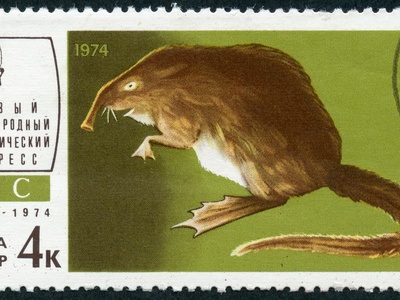
Russian Desman
A bizarre, semi-aquatic mole-like mammal with a long, flexible snout and webbed feet. It is a nocturnal insectivore that is highly sensitive to water pollution and habitat alteration, making it one of Europe’s most threatened mammals.
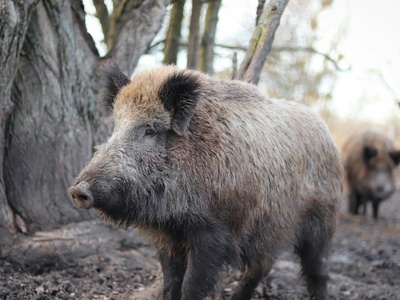
Wild Boar
The wild ancestor of the domestic pig, this adaptable omnivore is found in various habitats across Kazakhstan. It uses its powerful snout to root for food like bulbs, nuts, and small animals. It is a popular game species.
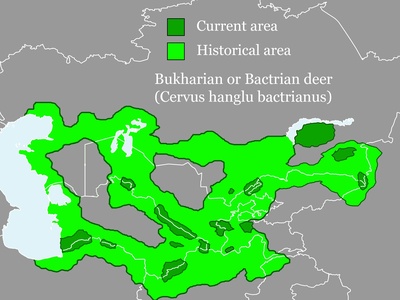
Bactrian Deer
A subspecies of red deer adapted to riverine forests in Central Asia’s arid landscapes. Once near extinction, conservation efforts, including reintroductions, have helped its numbers recover in reserves along the Syr Darya river.
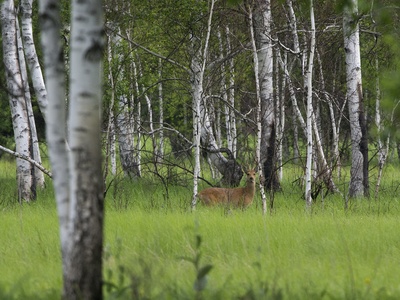
Siberian Roe Deer
Larger than its European counterpart, the Siberian roe deer is an elegant herbivore. It is known for its loud, barking alarm call when startled. It is a common sight in the forests and wooded steppes of northern and eastern Kazakhstan.
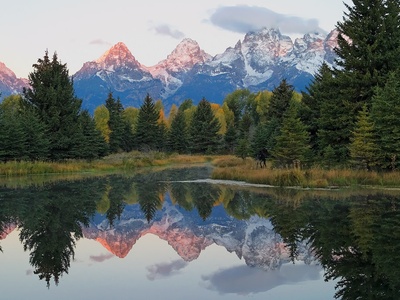
Moose
The largest member of the deer family, easily recognized by the male’s massive palmate antlers. This solitary herbivore browses on leaves, bark, and aquatic plants. Its range in Kazakhstan is limited to the northern forested regions.
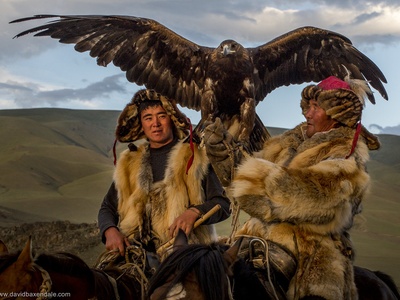
Golden Eagle
A powerful bird of prey and a national symbol of Kazakhstan, revered in traditional berkutchi (eagle hunting) culture. It hunts medium-sized mammals like foxes and hares, soaring high above the rugged landscape on its broad wings.
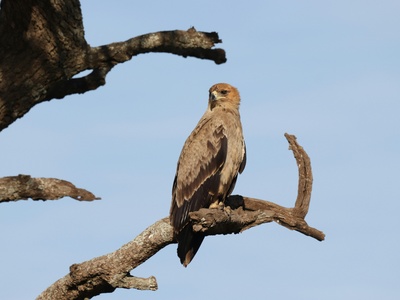
Steppe Eagle
A large, dark brown eagle that breeds in the Kazakh steppes. It primarily hunts ground squirrels and other rodents. Its population has declined dramatically due to habitat loss, electrocution on power lines, and loss of prey.
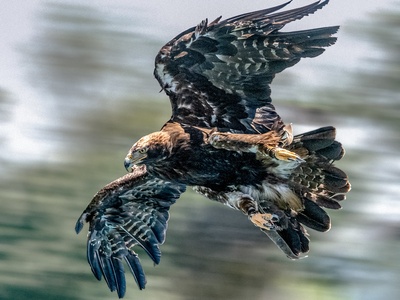
Eastern Imperial Eagle
A majestic eagle with a golden-cream crown and nape. It often nests in solitary trees on the open steppe, making it vulnerable to disturbance. It preys on rodents, hares, and birds. Conservation efforts focus on protecting its nest sites.
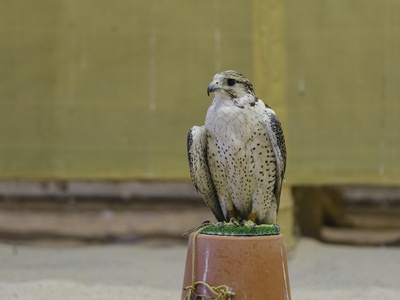
Saker Falcon
A large, powerful falcon highly prized in falconry. It hunts by fast, level pursuit of birds and rodents. Its population is threatened by illegal trapping for the falconry trade and loss of habitat.
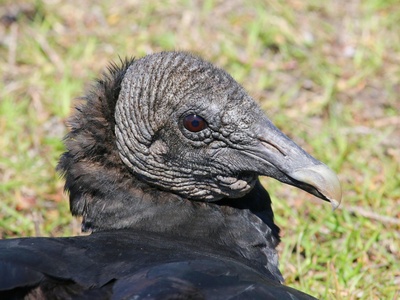
Black Vulture
One of the largest Old World vultures, with a massive wingspan of up to 2.9 meters. It is a scavenger that plays a vital role in cleaning the ecosystem. It typically nests in trees in the mountains of southern and eastern Kazakhstan.
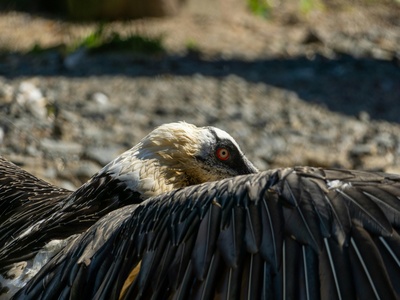
Himalayan Vulture
A massive vulture found at extreme altitudes. It soars on thermal updrafts searching for carcasses of large animals like ibex and argali. These birds are social, often gathering in large numbers at a feeding site.
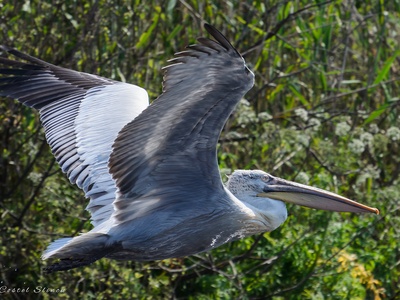
Dalmatian Pelican
The world’s largest pelican, distinguished by its shaggy crest and silvery-white plumage. It nests in large colonies in remote reed beds. It is threatened by wetland drainage, water pollution, and human disturbance at its breeding sites.
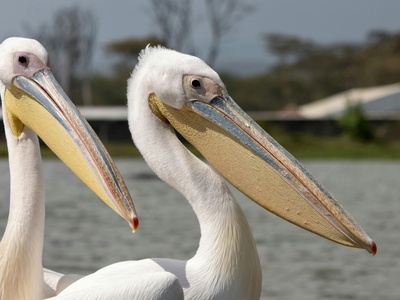
Great White Pelican
A highly social bird that often fishes cooperatively, with groups herding fish into shallow water. They are known for their huge throat pouch. Kazakhstan’s vast wetlands are crucial breeding and stopover sites for this species.
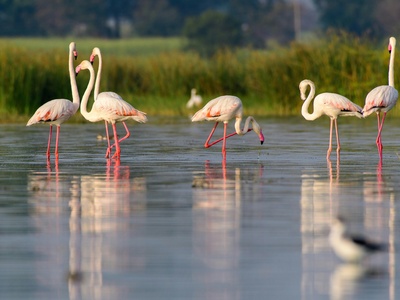
Greater Flamingo
These iconic pink birds gather in massive colonies to breed on remote, salty islands. Lake Tengiz is one of the world’s most northerly breeding sites for them. Their color comes from pigments in the algae and crustaceans they eat.
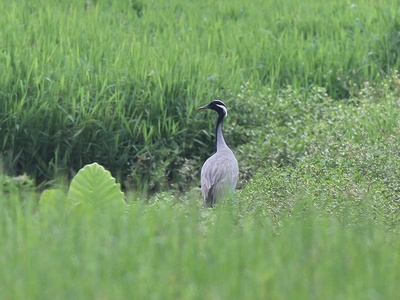
Demoiselle Crane
The smallest crane species, known for its elegant plumage and graceful courtship dances. They gather in large flocks during migration. Kazakhstan is a key breeding ground for this species, which is beloved in local culture.
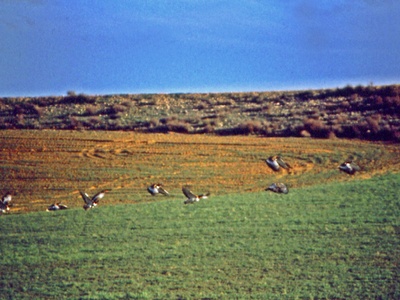
Great Bustard
One of the heaviest flying birds in the world. Males perform spectacular courtship displays, puffing up their chests and fanning their tails. Their populations have declined severely due to habitat conversion to intensive agriculture.
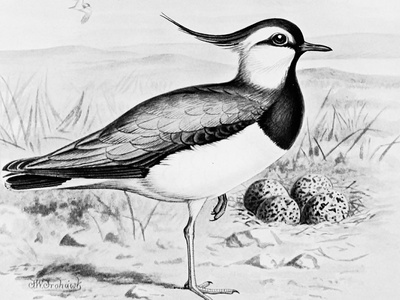
Sociable Lapwing
A critically endangered wading bird for which Kazakhstan holds over 90% of the global breeding population. It nests in small, loose colonies on the open steppe. International conservation efforts are focused on protecting its breeding grounds.
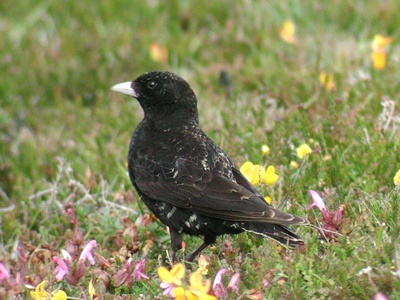
Black Lark
A striking bird where the breeding male is entirely black. It is a specialist of the Kazakh steppe, known for its beautiful, musical song flight. Its dark plumage is a stark contrast against the pale steppe landscape.
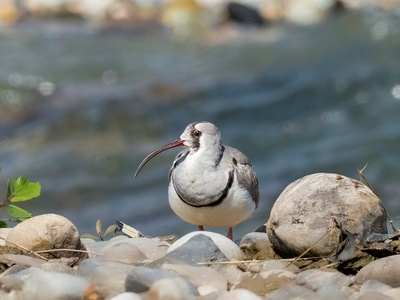
Ibisbill
A unique wader, the only member of its family. It has a long, down-curved red bill that it uses to probe for invertebrates among river stones. Its cryptic gray plumage provides excellent camouflage in its gravelly habitat.
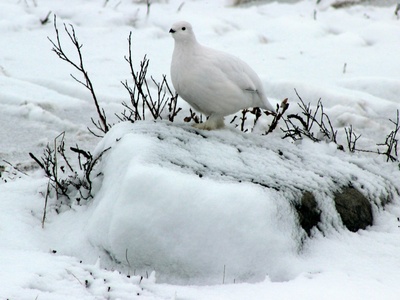
Altai Snowcock
A large, partridge-like bird adapted to the harsh conditions above the treeline. It is very wary, and its loud, wailing calls often echo across the mountain slopes, warning of danger.
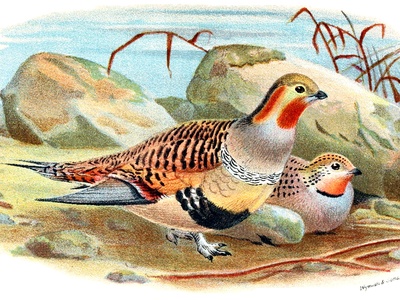
Pallas’s Sandgrouse
A bird of the arid steppe, famous for its irruptive migrations, where large numbers occasionally move far beyond their usual range. Males have specially adapted belly feathers to absorb and carry water back to their chicks.
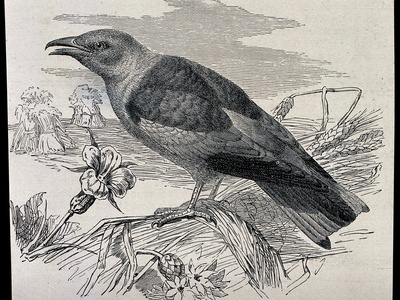
European Roller
A stunningly colorful bird, with brilliant blue, green, and chestnut plumage. It is an acrobatic flyer that hunts large insects and small vertebrates from a perch, often seen on roadside wires.
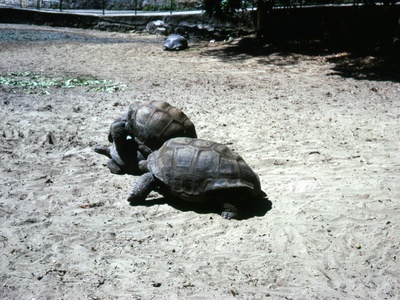
Central Asian Tortoise
Also known as Horsfield’s Tortoise, this reptile digs deep burrows to escape extreme temperatures. It is a popular species in the international pet trade, which has led to population declines.
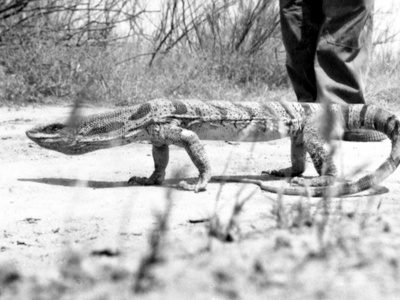
Desert Monitor
The largest lizard in Kazakhstan, growing up to 1.5 meters long. This powerful predator hunts rodents, birds, and other reptiles. It is a solitary and wide-ranging hunter, using its forked tongue to detect scents.
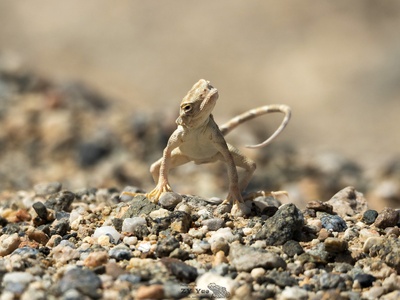
Toad-headed Agama
A bizarre-looking lizard with large skin folds at the corners of its mouth that it can flare out to intimidate predators. It is known for its rapid “vibrating” burial into loose sand to hide.
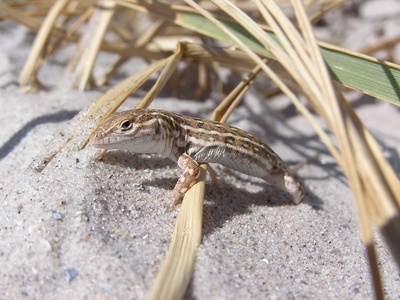
Steppe Runner
A common, fast-moving lizard often seen basking on rocks or dashing through sparse vegetation. It is an important part of the steppe food web, feeding on insects and being preyed upon by birds and snakes.
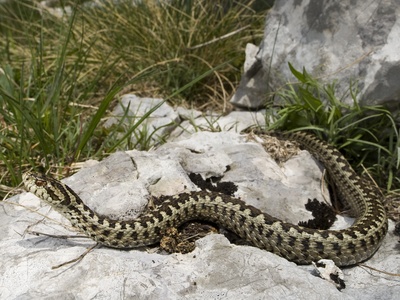
Steppe Viper
A small, venomous snake that primarily feeds on insects like grasshoppers, as well as small rodents. While its venom is potent, it is generally not considered a major threat to humans due to its small size and reclusive nature.
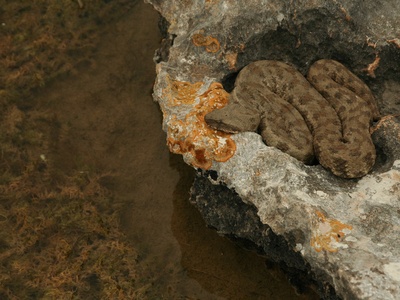
Blunt-nosed Viper
A large, highly venomous viper that poses a significant danger to humans. It is a heavy-bodied snake that relies on camouflage to ambush its prey, which includes rodents, birds, and lizards.
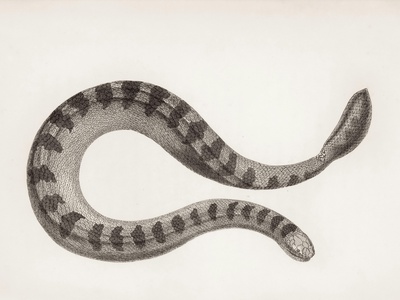
Four-lined Snake
One of Kazakhstan’s largest snakes, reaching up to 2 meters. It is a non-venomous constrictor that feeds on small mammals, birds, and eggs. It is a powerful but generally placid snake.
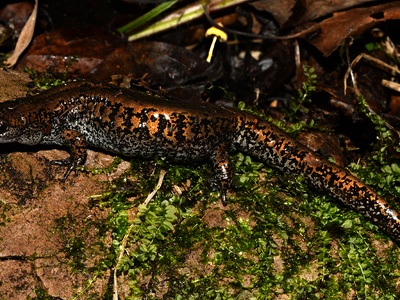
Siberian Salamander
An incredibly hardy amphibian, famous for its ability to survive being frozen solid for long periods. Its range extends into the northernmost forested parts of Kazakhstan, where it breeds in shallow pools.
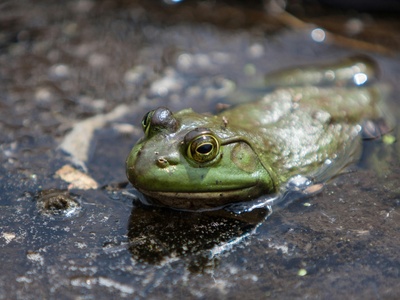
Green Toad
A common and widespread toad, recognizable by its pale skin with green spots. It is highly tolerant of dry conditions and is often found far from permanent water, breeding in temporary puddles after rains.
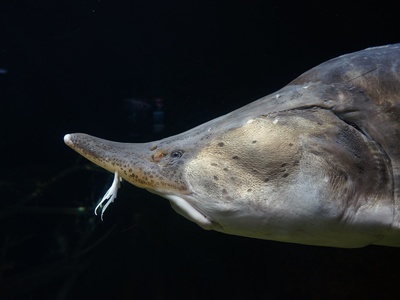
Beluga Sturgeon
One ofthe largest freshwater fish, famous for producing beluga caviar. This ancient, slow-growing fish is on the brink of extinction due to overfishing and dams blocking its spawning routes up rivers like the Ural.
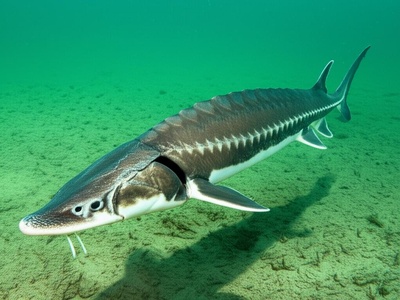
Aral Ship Sturgeon
This sturgeon, once a commercial staple, has been devastated by the drying of the Aral Sea and dam construction. A small, struggling population persists in Lake Balkhash and the Ili River, subject to conservation programs.
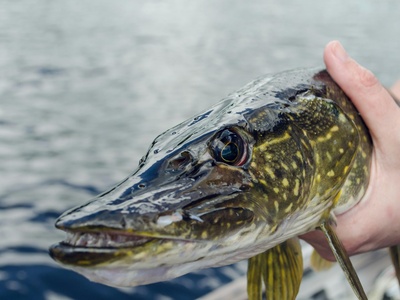
Northern Pike
A classic freshwater predator with a long, torpedo-shaped body and a mouth full of sharp teeth. It is an ambush hunter, lying in wait in vegetation to strike at fish and other aquatic animals. A popular sport fish.
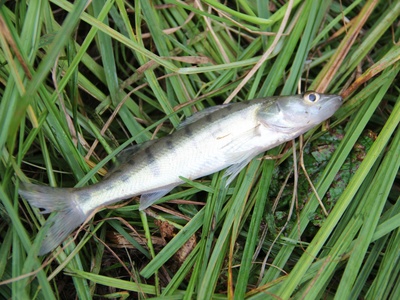
Zander
A large member of the perch family, prized for its white, flaky meat. It is a crepuscular predator, using its excellent low-light vision to hunt smaller fish in large, turbid waters.
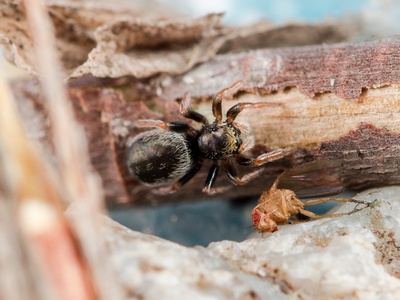
Karakurt Spider
Also known as the European Black Widow, the female’s bite is medically significant, containing a potent neurotoxin. They build messy webs close to the ground to catch insects, and are generally not aggressive unless disturbed.
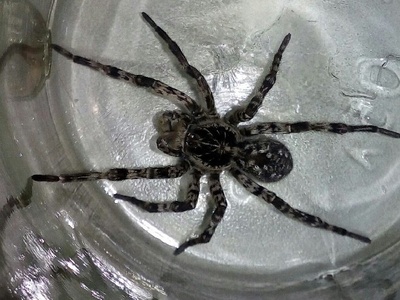
Steppe Tarantula
Kazakhstan’s largest spider. Despite its intimidating appearance, its bite is not dangerous to humans, comparable to a wasp sting. This burrowing wolf spider hunts insects and other arthropods at night.
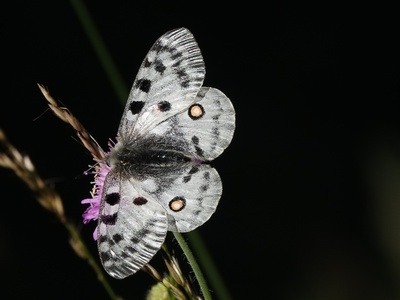
Apollo Butterfly
A large, beautiful white butterfly with distinctive red eye-spots on its hindwings. It is found at high altitudes, and its populations are threatened by habitat loss and climate change affecting its alpine environment.
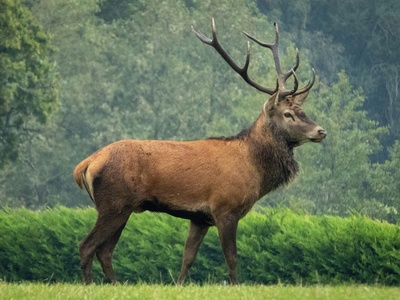
Red Deer
Also known as maral in the region, this large deer is a symbol of the forested mountains. Males grow impressive, branching antlers each year. They are herbivores, grazing and browsing in forests and meadows.
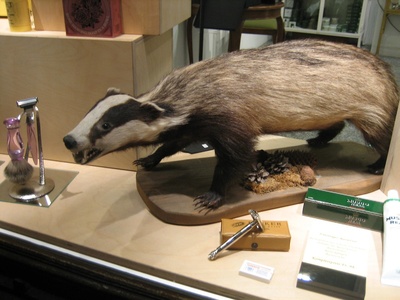
Badger
A powerful, stocky omnivore known for its distinctive black and white striped face. Badgers live in large, complex underground burrow systems called setts. They are nocturnal, foraging for earthworms, insects, and plants.
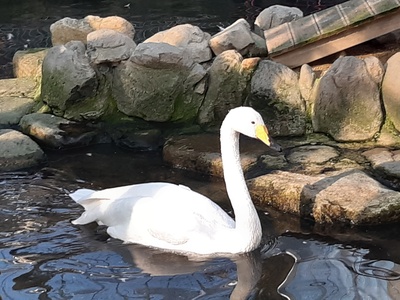
Whooper Swan
A large white swan with a distinctive yellow and black bill. Named for its loud, “whooping” call, it is a common sight during migration, stopping to rest and feed on Kazakhstan’s vast lakes and wetlands.
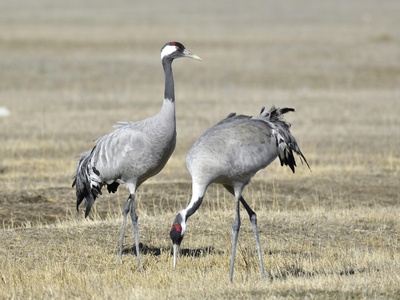
Common Crane
Large flocks of these tall, gray birds pass through Kazakhstan on their way to and from their breeding grounds in Siberia. Their bugling calls are a characteristic sound of spring and autumn migration.
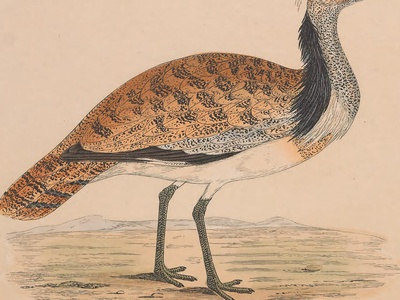
Black-winged Pratincole
An elegant, long-winged bird that looks like a cross between a plover and a tern. It breeds in colonies on the steppe, often near water. It is an agile flyer, catching insects on the wing.
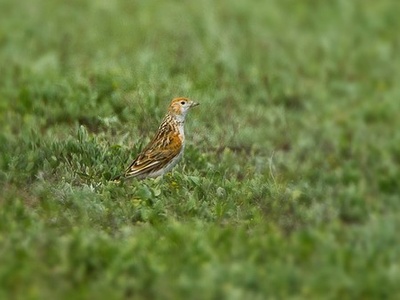
White-winged Lark
A true steppe specialist, this lark is known for the large white patches on its wings, which are striking in flight. Like other larks, it has a beautiful, complex song delivered while hovering high in the air.
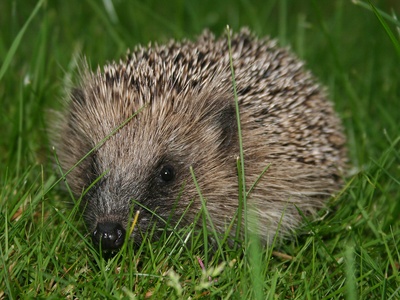
European Hedgehog
A familiar nocturnal mammal that rolls into a spiky ball for defense. It forages for insects, worms, and slugs. Its presence is limited to the more temperate, wooded regions of northern Kazakhstan.
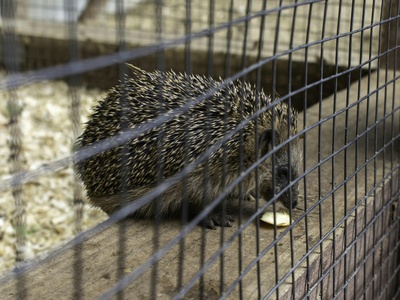
Brandt’s Hedgehog
Adapted to arid environments, this hedgehog has larger ears than its European cousin to help dissipate heat. It is a solitary, nocturnal insectivore, well-suited to the harsh conditions of Kazakhstan’s southern deserts.
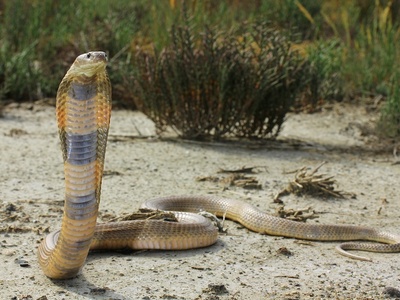
Caspian Cobra
A highly venomous snake, also known as the Central Asian Cobra. It is a large, fast-moving snake that will spread a hood when threatened. It is rare and its range in Kazakhstan is very limited.
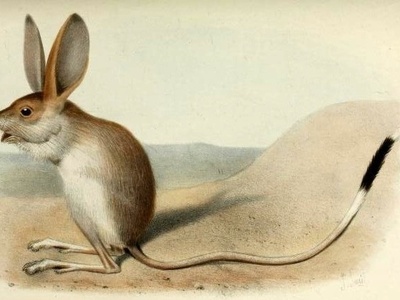
Long-eared Jerboa
A tiny, nocturnal rodent with enormous ears (relative to its body size) and long hind legs for hopping, resembling a miniature kangaroo. It uses its sensitive hearing to detect predators and prey in the quiet desert night.
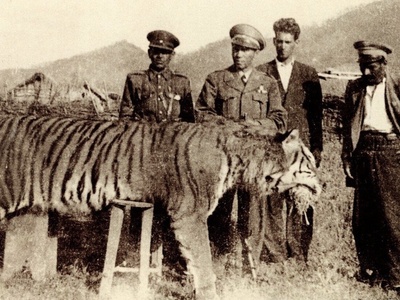
Turan Tiger
The Caspian or Turan tiger was a large subspecies that went extinct in the 1970s. It once roamed the reed beds and riverine forests of Kazakhstan. Efforts are underway to potentially reintroduce its closest living relative, the Siberian tiger, to this region.
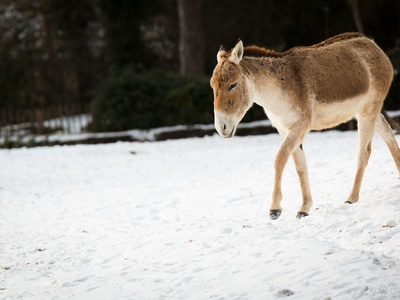
Asiatic Wild Ass (Kulan)
A subspecies of onager, the Kulan is a hardy wild ass adapted to arid environments. Once widespread, it was hunted to near extinction. Reintroduction programs in places like Altyn-Emel National Park are helping to secure its future.
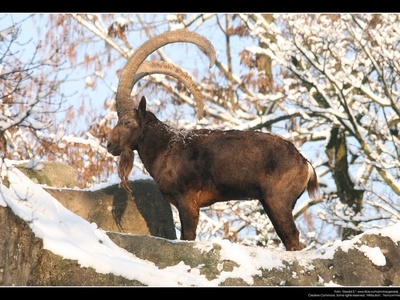
Siberian Ibex
A large wild goat with magnificent, backward-curving horns. They are incredibly agile climbers, easily navigating steep, rocky cliffs to forage and escape predators like snow leopards.
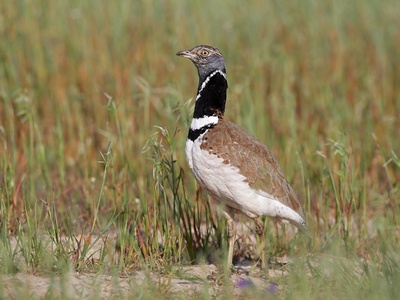
Little Bustard
A medium-sized bird of the open plains, much smaller than the Great Bustard. Males have a striking black and white neck pattern during the breeding season. Its population has declined due to the intensification of agriculture.
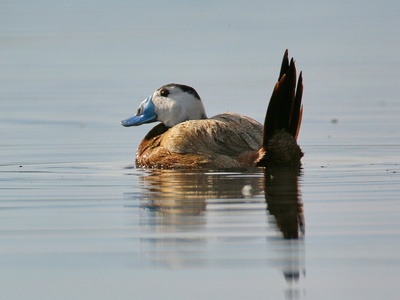
White-headed Duck
A small, stiff-tailed diving duck, the male of which has a striking white head and a bright blue bill during the breeding season. Kazakhstan’s lakes are a globally important stronghold for this endangered species.
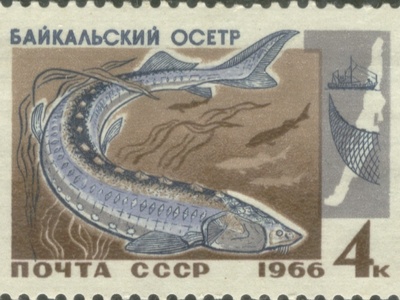
Siberian Sturgeon
This large sturgeon is native to the river systems of northern Kazakhstan. Like other sturgeons, it is threatened by overfishing for its caviar and meat, as well as by river damming that fragments its habitat.
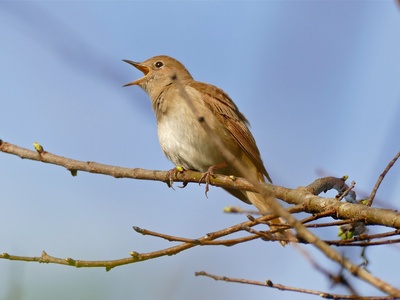
Common Nightingale
A plain-looking small bird renowned for its incredibly rich and complex song, often delivered at night. Its beautiful voice is a celebrated sound of spring in the woodlands and gardens of Kazakhstan.
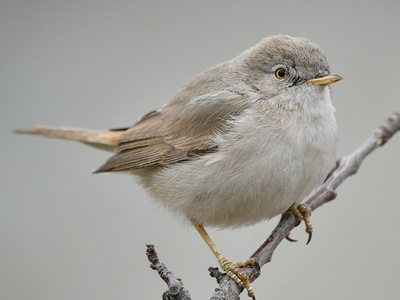
Desert Warbler
A small, pale warbler perfectly camouflaged for its arid habitat. It flits low through sparse desert bushes, hunting for insects. It is one of the few small songbirds that thrives in Kazakhstan’s harsh desert environments.
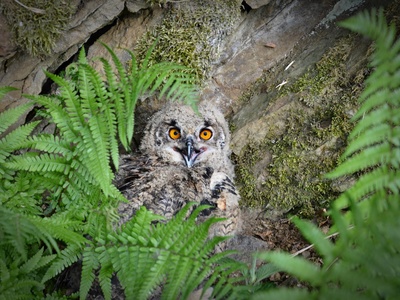
Eurasian Eagle-Owl
One of the world’s largest owls, with prominent ear tufts and powerful talons. It is an apex nocturnal predator, capable of hunting prey as large as foxes and small deer. Its deep, booming hoot is unmistakable.
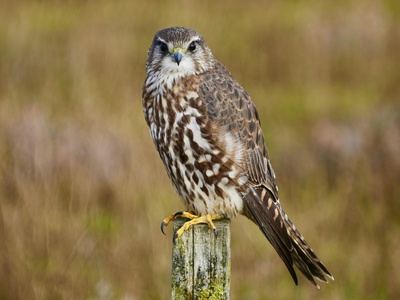
Merlin
A small, dashing falcon that hunts small birds with incredible speed and agility. It is often seen during migration across the open steppes, pursuing flocks of larks and finches.
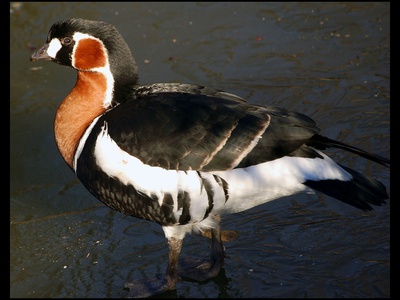
Red-breasted Goose
A small, stunningly patterned goose with chestnut, black, and white markings. It is one of the world’s most threatened geese. Kazakhstan’s wetlands are a vital stopover for them during their long migration.
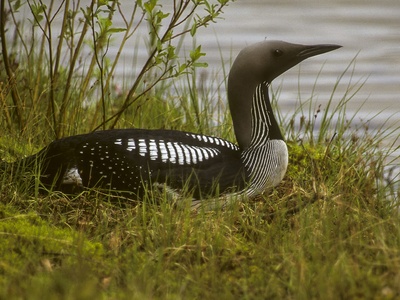
Black-throated Loon
A sleek, diving bird with a striking black, white, and gray breeding plumage. It is an expert swimmer and diver, catching fish underwater. Its haunting, yodeling calls are a feature of its northern breeding lakes.
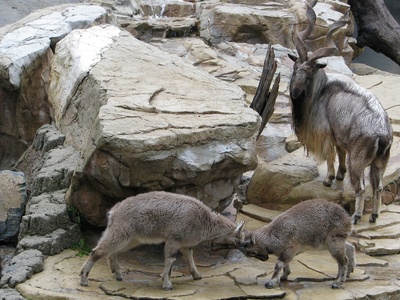
Markhor
A spectacular wild goat known for the male’s incredible, spiraling horns. Its range barely extends into the southwesternmost mountains of Kazakhstan, representing a very small and vulnerable population.
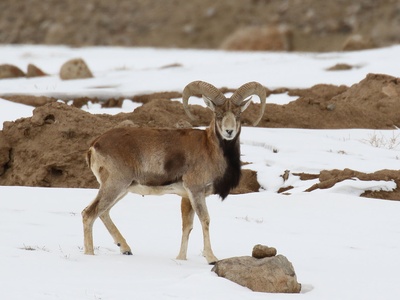
Urial
A species of wild sheep, closely related to the Argali but smaller, with less massive horns. They are skilled climbers, inhabiting the lower, arid mountain slopes and plateaus of central and eastern Kazakhstan.
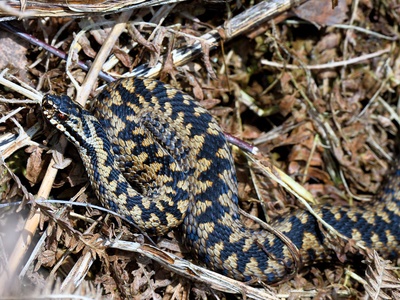
Common Adder
The most widespread venomous snake, its range just enters northern Kazakhstan. It is a small viper, and while its bite is painful and requires medical attention, it is rarely fatal. It hibernates in groups during winter.
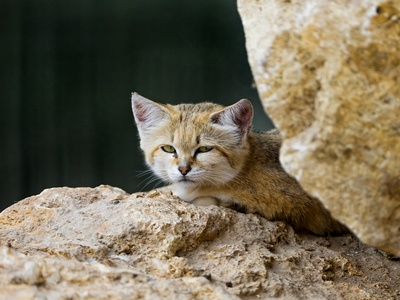
Sand Cat
A small wildcat perfectly adapted to desert life, with broad, furred paws that protect it from hot sand. It is a nocturnal hunter of small rodents and reptiles and is notoriously difficult to study due to its elusive nature.
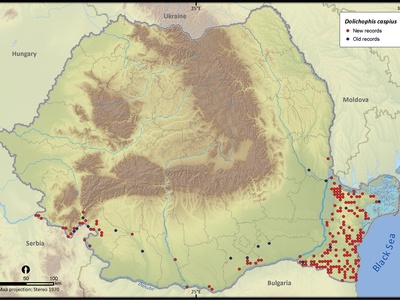
Caspian Whipsnake
A very large, non-venomous snake that can exceed 2 meters in length. It is known for being extremely fast and defensive, often striking repeatedly if cornered, though its bite is harmless.
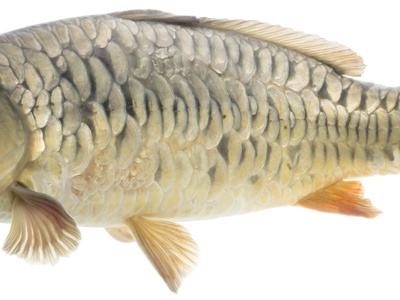
Common Carp
The wild ancestor of the domesticated carp, native to the Caspian Sea basin. It is an adaptable omnivore that thrives in a variety of freshwater habitats. The wild form is much slimmer than its farmed relatives.
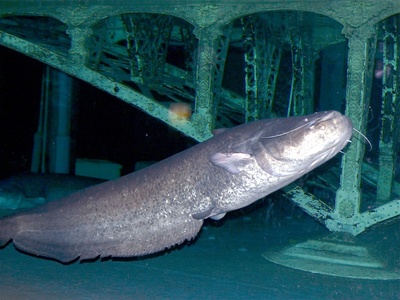
Wels Catfish
A massive, scaleless freshwater fish that can grow over 2.5 meters long. It is a nocturnal predator, using the sensitive barbels around its mouth to locate fish, frogs, and even waterfowl in murky water.
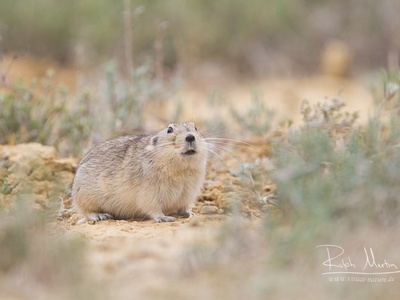
Steppe Lemming
A small, vole-like rodent that lives in colonies and constructs shallow burrows. Its populations are known to undergo dramatic boom-and-bust cycles, which have a major impact on the predators that rely on them.
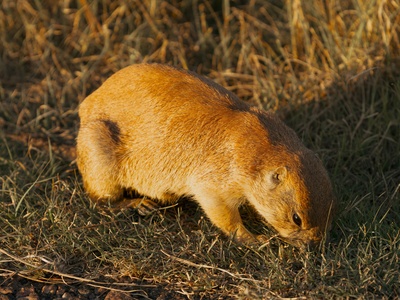
Common Hamster
A large, colorful hamster, much bigger than its pet relatives. It is known for its aggressive defense, inflating its cheek pouches and hissing loudly. Its populations have crashed due to changes in agricultural practices.
